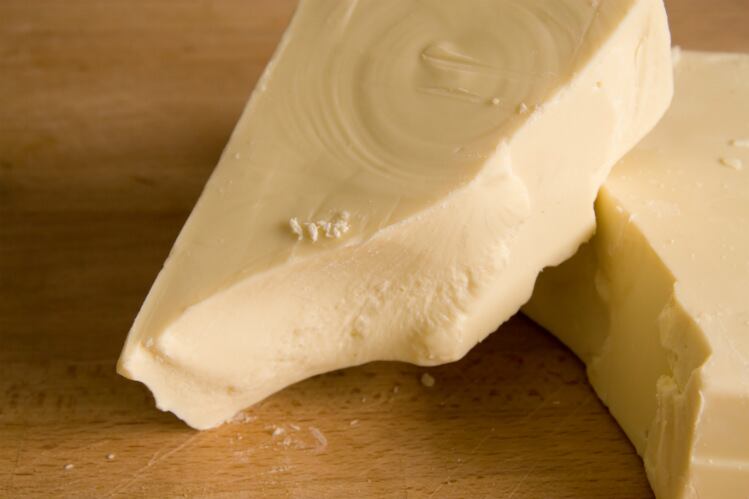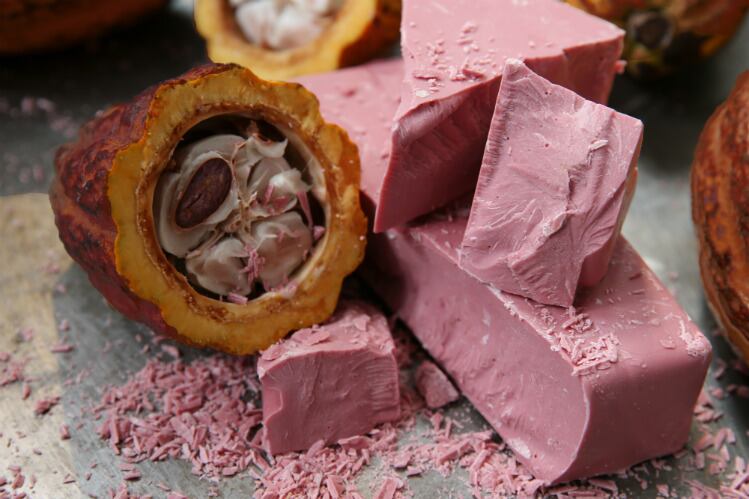Europe will account for 41% of growth through 2023, at a CAGR of nearly 2% Technavio estimates, as major players including Lindt & Sprüngli, Ferrero and Godiva continue to launch premium white chocolates.
The Netherlands, Belgium, Poland, Hungary, Italy and the UK hold the most potential for white chocolate.
“The demand for white chocolate in Europe is expanding steadily,” said a Technavio analyst. “Frequent product launches and the growing demand for organic and vegan chocolate consumption has boosted the growth of the white chocolate market in Europe. Similarly, Brazil has the largest market for white chocolate in the South American region, where white chocolate is the second most preferred chocolate variant.”
According to Mintel, Brazilians prefer white chocolate second only to milk chocolate, with two-thirds of consumers preferring the creamy variant. As the world’s fifth-largest chocolate producer, Brazil generates 800k tons annually.
Demand is also rising in the Middle East, notably in the United Arab Emirates and Saudi Arabia. In South America, Technavio estimates that the market could grow at a CAGR of nearly 2.5% in countries such as Argentina, Colombia and Peru.
The rise of organic, vegan and gluten-free foods will also contribute to the rise of white chocolate, the Technavio report said: the variant benefits from being inherently dairy-free.
Steve Woolley, VP and GM of food manufacturing and corporate accounts for Barry Callebaut, told ConfectioneryNews that producers should take advantage of white chocolate’s premium perception in the market. Consumers tend to view it as a special indulgence, he said, but largely it has found unique success as an inclusion ingredient. Pastry chefs in particular appreciate white chocolate for its ability to take on other flavors and colors.
"To really differentiate yourself, it's another way of getting your brand out there," he said, highlighting its different flavor profile and texture compared to milk or dark chocolate. "It adds a lot of value to what you can buy."
White chocolate’s ‘buttery’ structure and negligible caffeine content have allowed it to permeate other food and beverage applications, such as ice cream and drinking chocolate.
A rare fat
Cocoa butter is revered for its ability to stay ‘mostly solid’ at room temperature, according to the Fine Chocolate Industry Association, a trade group for artisan chocolate makers. It melts ‘just a few degrees beneath body temperature, which lends that buttery viscosity.
Several artisan chocolate makers offer premium white chocolate baking chips, including San Francisco’s Guittard and Lindt & Sprüngli’s Ghirardelli.
Pascha, an organic chocolate maker based in Toronto, Canada, produces vegan ‘white bars’ and ‘white chips’ made with 48% cacao and rice powder.
The Venezuelan chocolate supplier El Rey provides a 34% Icoa white chocolate that does not undergo the typical deodorization process, which some say strips the cocoa butter of its flavor and its natural yellow, off-white hue. This style won gold at the 2017 International Chocolate Awards in the plain/origin white chocolate bar category.
At the 2018 competition, winners in the categories of infused or flavored white chocolate bars featured everything from pistachios and raspberries, to mango, matcha and coffee.
Additionally, as the Asian market for chocolate continues to grow – some pin it to reach $6.2bn by 2020 – white chocolate has found a vast landscape to test new products and reach customers less familiar with the bitterness of dark chocolate increasingly favored in North American and Europe.
Consumers have also discovered the upside of white chocolate through a batch of new products from legacy confectioners: M&M's now sells a white chocolate-coated version of its iconic gem candy, while KitKat and Twix both have white chocolate versions. Producers have also enhanced white chocolate through what Hershey, for instance, describes as caramelized crème in its Gold bar launched in 2018.
Nestlé purports to have developed white chocolate in Switzerland in 1936 as a response to an overabundance of milk powder after World War I. The US Food and Drug Administration (FDA) approved it as a standard of identity in 2004, at the bequest of Hershey and the National Confectioners Association. By definition, it must contain 20% by weight of cocoa fat.



